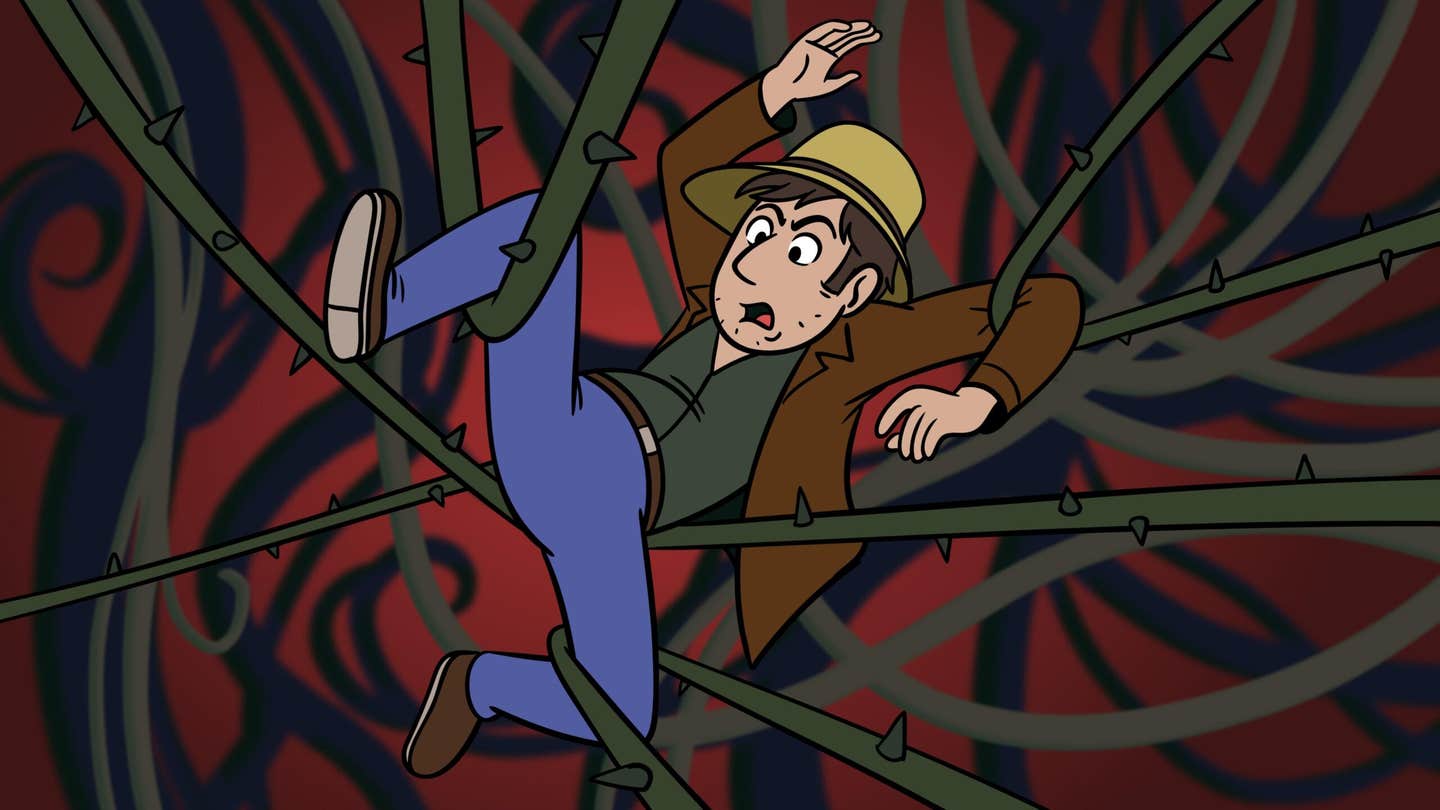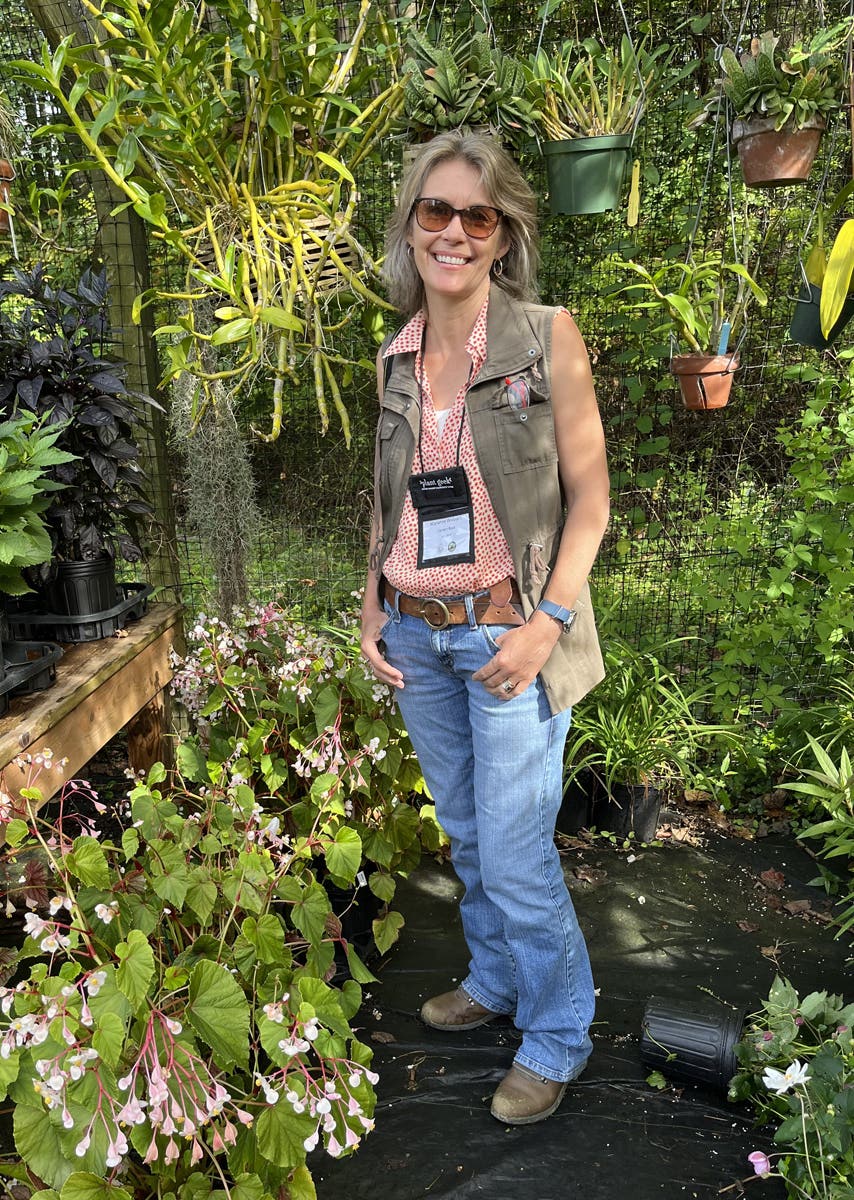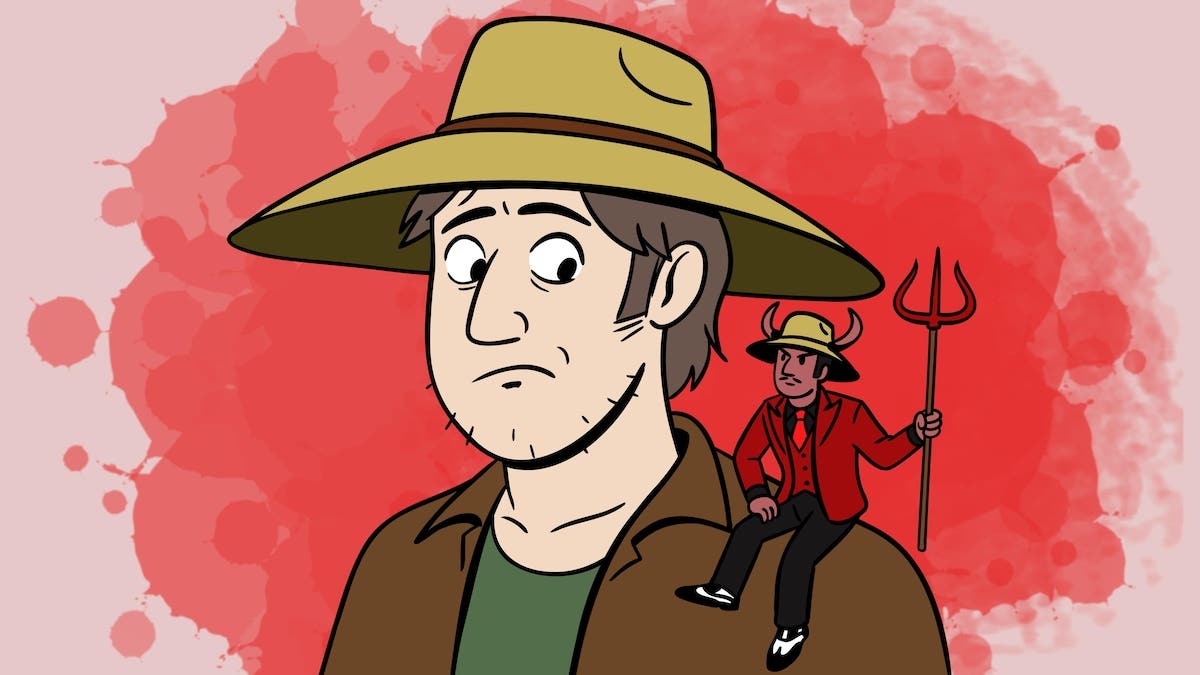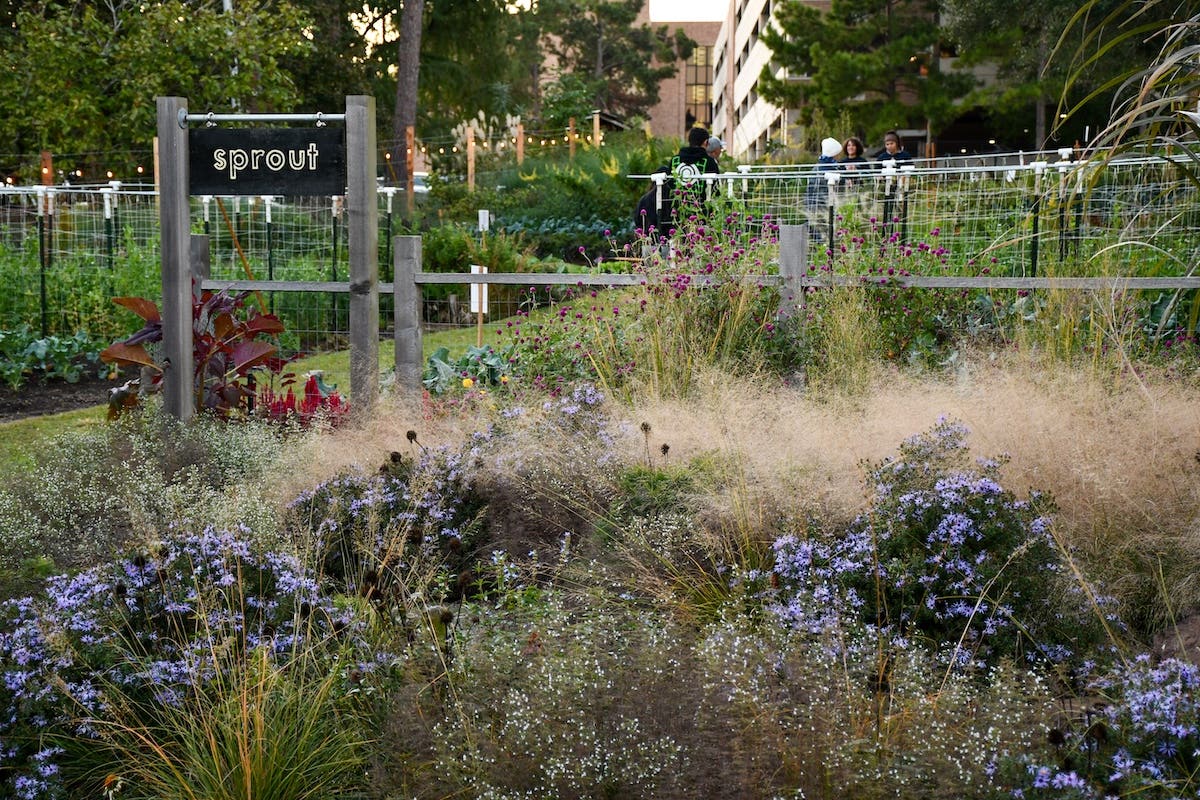The Dirt on Public Gardening
There are entire crews of gardeners who work in public spaces, yet not all are public employees. Be it the local conservatory, cemetery, botanical garden or museum landscape, many public…
There are entire crews of gardeners who work in public spaces, yet not all are public employees. Be it the local conservatory, cemetery, botanical garden or museum landscape, many public gardens are tended by people just like you and me—gardeners who wanted just a little more space to play. Those who garden in public spaces fall into one of two categories: the team player or the independent gardener.
Team Players: Most public-gardening opportunities are part of a volunteer program established by zoos, botanical gardens, cemeteries, schools and even hospitals.
Why this is a great option:
You work with a team. Working side-by-side with other gardeners builds friendships and plant knowledge.
Learn as you go. Most likely you will not be turned loose and told to get to work. Instead you will work under the direction of a paid gardener or horticulturist and/or with a tenured team leader. This is a great option for those who are new to gardening, new to a type of gardening or new to the area and unfamiliar with the region’s plants and growing conditions.
Equipment. Many sites will provide the large tools needed for the work along with all the plant material. You may need only to bring gloves and hand tools.
Cons
~ You garden when they set the time.
~ You have to do as you are told; no going rogue. More often than not, you will learn a lot and benefit from their direction, but if you are used to working solo and have strong opinions about plants, design and garden methods, you may bristle under the need to follow orders.
~ Teamwork. You are not going this alone, you are working with a team, and this requires flexibility. Some personalities are not conducive to teamwork.
The Independent Gardener
That’s me—the Landless Gardener. I work 95-percent independently of others. I call all the shots, I pick all the plants and I design all the gardens. I work when I want, for as long as I want and if I arrive at a garden only to sit and enjoy the view, no one knows or cares.
But here are downsides:
Plants: I buy all the plants!
Tools: I use all my own tools, with the exception of a wheelbarrow that a florist stashes for me to use at one park garden.
I am often alone. Sometimes this is not a good thing. I enjoy the company of other gardeners. Depending on where you garden, there may be an issue of personal safety.
Pitfalls of Gardening in Any Public Space
I do not want to discourage you from adopting a public place to garden. But there are some drawbacks.
Theft: Plants will be stolen, flowers will be cut off and decorative items will go missing.
Damage: Many times I have arrived at the park to find people standing in my garden so their photographer can get the perfect shot. Sigh.
Loss of control: If the irrigation goes out, a tree needs to be cut, a stump needs grinding, you may not have any say as to when these tasks are taken care of.
Lack of control: Sometimes you need to check on a new garden or plant each day. When it is your own back yard, you can do this. When it’s a public garden space, you may be there just a few days a week. You have to learn to let go and assume the garden will carry on without you, to the best of its ability.
Policy Changes: Now it has never happened that I was given a public garden space to care for and a year later I was told I could no longer garden there. But I assume this will happen some day. Why? It is best to keep in the back of your mind that one day all those plants: your shrubs, trees, perennials, will no longer be under your control. The park, the arboretum, the botanical garden will have a policy change and your adopted garden will be under the care of another.
With all this said, I would never trade gardening in public spaces. It is incredibly rewarding, challenging and a lot of fun.







